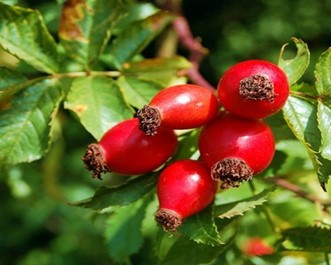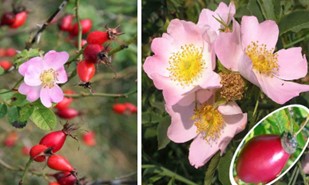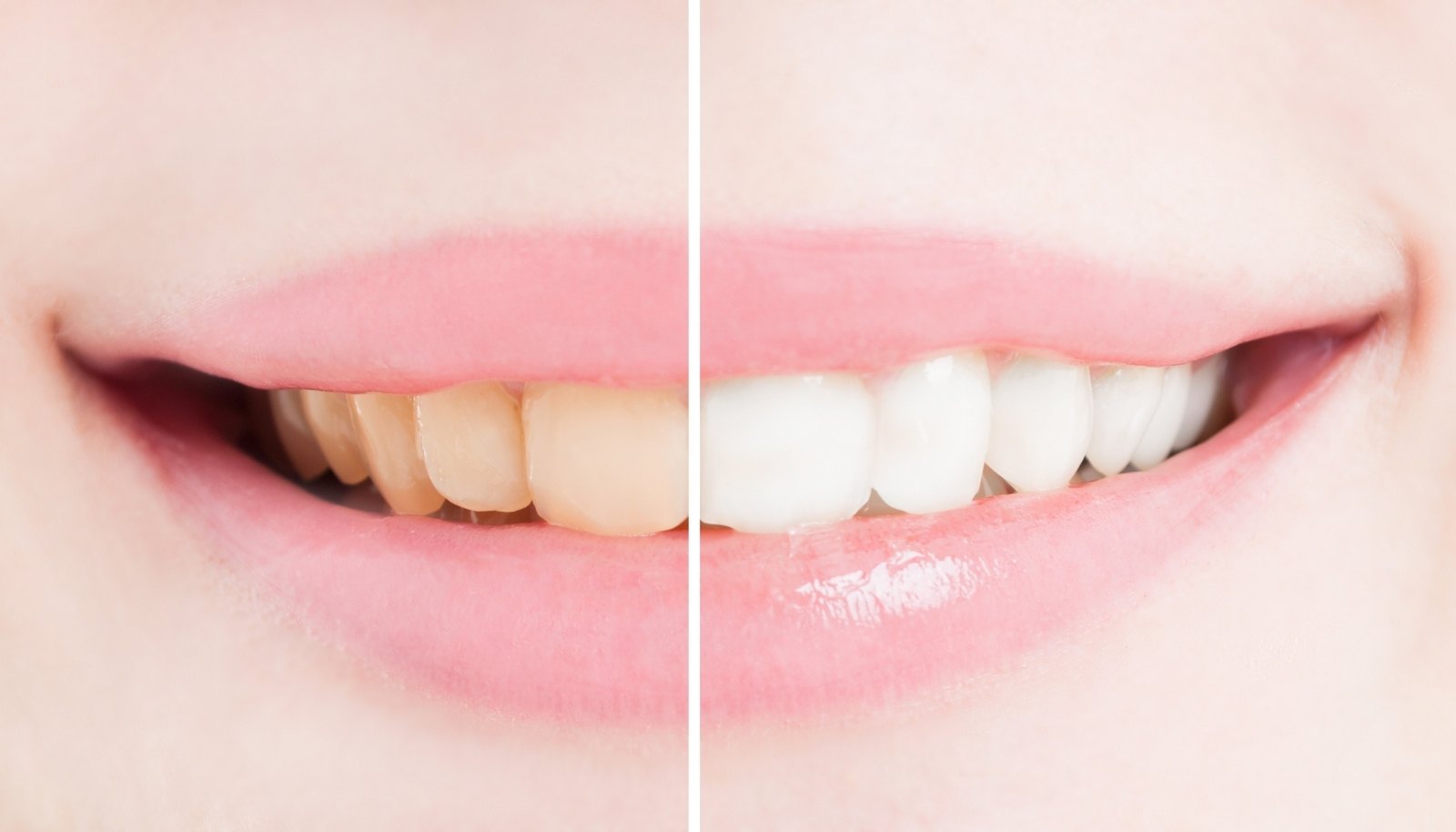
Latin: Rosa canina L.
English: Rosahip
The Rosahip genus of the rosahip plant, which belongs to the Rosaceae family, has many different species belonging to the genus Rosa. The fruits of some of these species are collected and used for different purposes. However, Rosa canina species is the most common and most collected species among these species. Rosahip, which is a shrub-shaped and thorny species, is distributed in every region of our country. It produces white-cream flowers in summer and red-orange fruits in autumn. The height of the plants varies between 1.5-2 m and the diameter between 2-3 m. Fruit size, shape and colour show great variation according to the plants. Since rosehip, which is resistant to diseases and pests, is a thorny plant, fruit picking is the biggest problem. Recently, thornless varieties have been developed and registered.
Rosahip plants can easily grow in hot or cold climates as they naturally spread in many different climatic zones. In terms of soil structure, they have adapted to quite different soil types. The physical and chemical structure of the soil is not an important limiting factor in the growth of rosahip plants. If it is desired to create a rosehip garden, seedlings can be planted at a distance of 4x2 m between rows and over rows. Although the first fruits start to be taken from the 2nd year, the real yield starts from the 4th year. Average fresh fruit yield per plant varies between 2-8 kg depending on the type or variety used. Yield will increase if irrigation and fertilisation are applied. Opening the bottom of the plants, pruning and cleaning the dried branches are important maintenance procedures. Economically, rosehip plants can be utilised for at least 20 years.

Rosahip fruits contain minerals, vitamins, carotenoids, tocopherol, bioflavonoids, fruit acids, tannins, pectin, amino acids and important oils. When analysed in terms of mineral matter; it was found that it contains potassium, calcium, sodium, magnesium, phosphorus, iron, and zinc 1.9. Rosahip, which is rich in vitamins B₁, B₂, P, E and K, is among the fruits containing the most vitamin C. The amount of vitamin C in rosehip, which is stated as 1000-1700 mg/100 g in some sources, is 20-30 times more than citrus fruits. Rosahip seeds also contain fixed oil (8-10%) and essential oil (0.3%). Rosahip contains major carotenoids such as rubixanthin, β-carotene, lycopene, lutein, β-cryptoxanthin and zeaxanthin and gets its colour from β-carotene, lycopene and xanthophylls.
Cosmetics: Skin nourishing, moisturising, elasticity enhancing, anti-wrinkle, colour lightening, serum, anti-aging, hair nourishing
Food Supplements: Antioxidant supplement, dietary supplement
Beverage Flavouring: Tea, fruit juice, jam, marmalade and wine production
Pet Health, Food, Cosmetics: Dog, cat food
Herbal Medicine: Syrup, vitamin supplements
Cleansing: Skin lotion
Extract Form: Liquid






